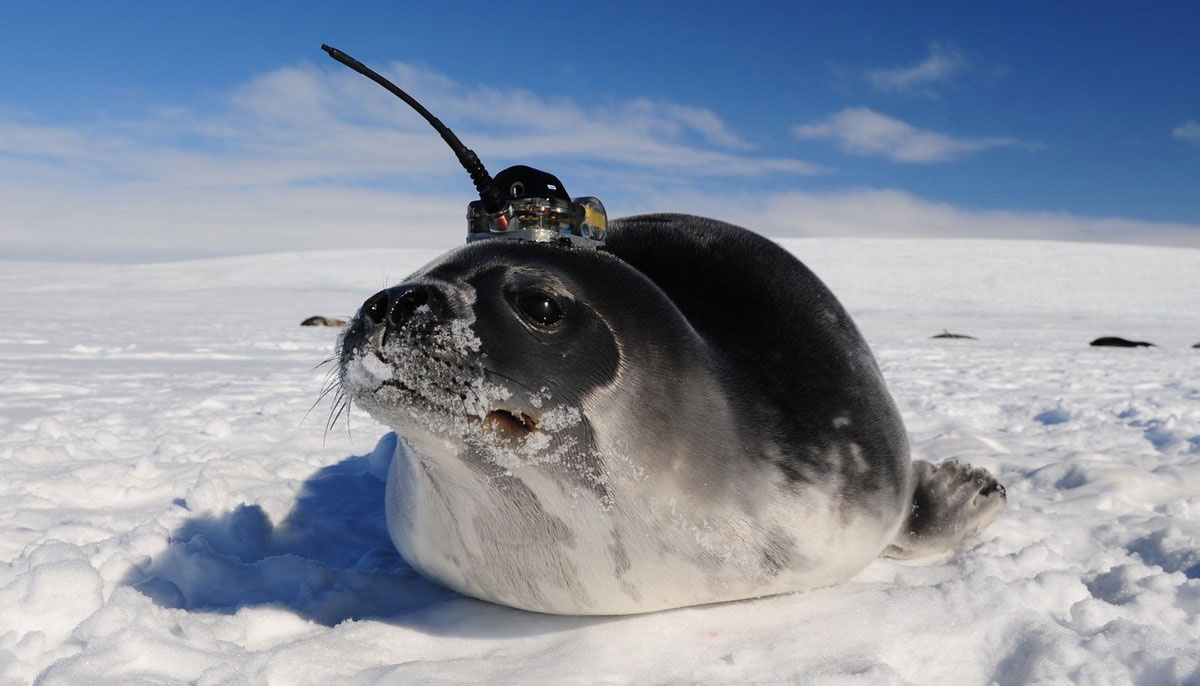Cyborg seals and floating robots have solved an Antarctic ice mystery

Robots, satellites, and seals fitted with head sensors have been used to work out why there’s a hole the size of South Carolina in Antarctica’s sea ice.
Some background: Back in 1976, researchers discovered that a huge hole occasionally appears in the floating ice that forms over Antarctica’s Weddell Sea every winter. Why the hole (known as a “polynya”) appears has been a mystery, until now. The phenomenon seemed to disappear, but it reappeared in 2016 and 2017, giving researchers the chance to study it.
Data collection: A team from the University of Washington collected data from three sources: satellites, floating robots, and elephant seals with temperature probes glued to their heads (don’t worry, they don’t hurt and fall off naturally after a few months). Because the seals frequently dive to extreme depths—they have been known to go as deep as 2 kilometers (6,500 feet)—it gave researchers access to areas in the ocean they had not been able to study before.
A discovery: Using this data, the team concluded that the recent polynyas were formed by a combination of intense storms, an underwater mountain, saltier water, and unusual ocean conditions. Their findings were published in a paper in Nature.
Sign up here to our daily newsletter The Download to get your dose of the latest must-read news from the world of emerging tech.
Deep Dive
Climate change and energy
The problem with plug-in hybrids? Their drivers.
Plug-in hybrids are often sold as a transition to EVs, but new data from Europe shows we’re still underestimating the emissions they produce.
Harvard has halted its long-planned atmospheric geoengineering experiment
The decision follows years of controversy and the departure of one of the program’s key researchers.
Why hydrogen is losing the race to power cleaner cars
Batteries are dominating zero-emissions vehicles, and the fuel has better uses elsewhere.
Decarbonizing production of energy is a quick win
Clean technologies, including carbon management platforms, enable the global energy industry to play a crucial role in the transition to net zero.
Stay connected
Get the latest updates from
MIT Technology Review
Discover special offers, top stories, upcoming events, and more.